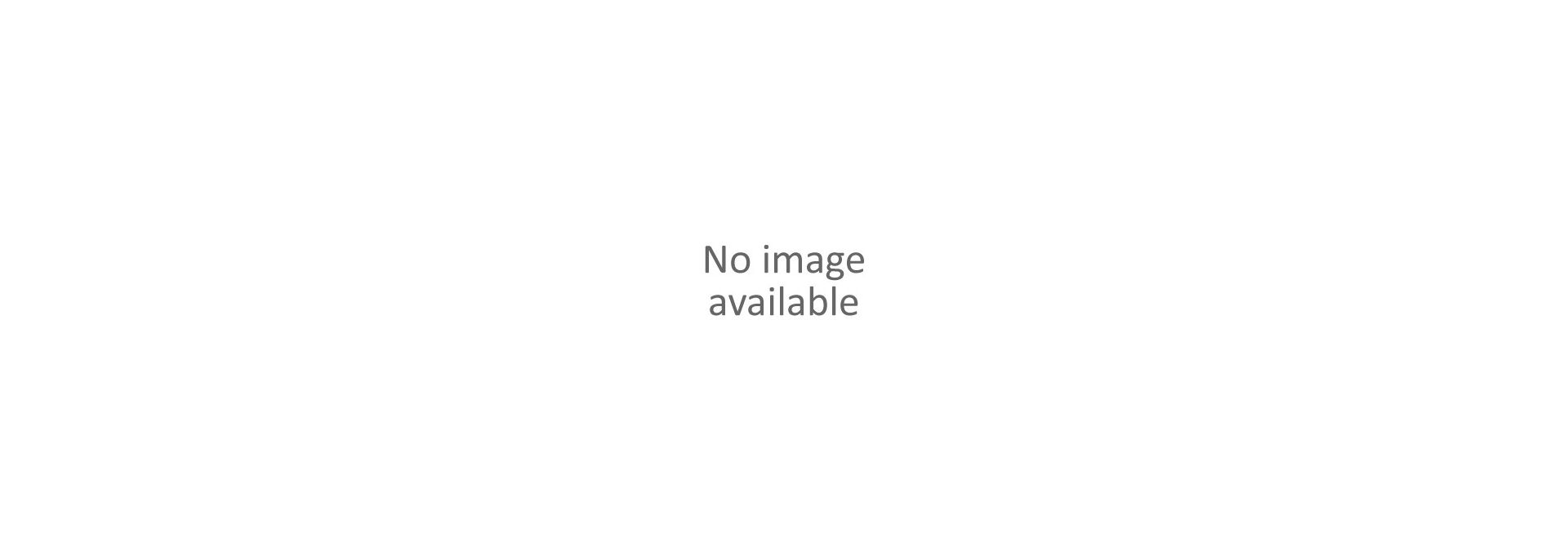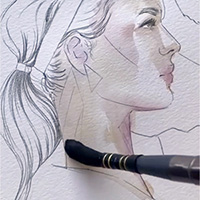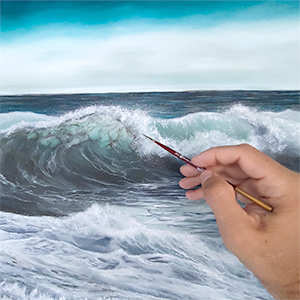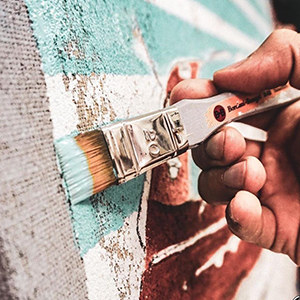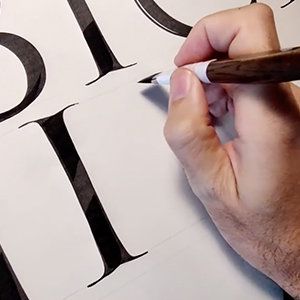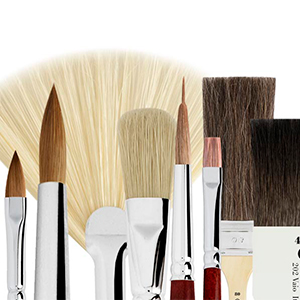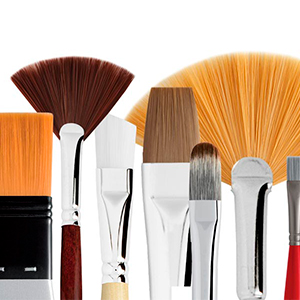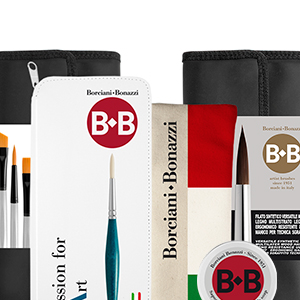MIX&MEDIA painting: what is it?
It is a word that we hear more and more often and that has a huge popularization in art, literally means mixed media art.
Contemporary contaminations between styles and techniques are mixed on the work, combining collage and painting, drawing and matter, photographic images and 3D materials.
Born from the Cubist experiments of the early 900, in which the artist inserts in the work elements of everyday life and new photographic techniques.
An impressive example is the huge canvas by Pablo Picasso "GUERNICA", in which the artist inserts newspaper clippings of the time inside his pictorial story.
Basically when you use different media or materials to create a unique visual art, you are talking about MIX&MEDIA art.
Often underestimated, mixed media art is an art form that does not place restrictions on those who cannot draw or paint. It is a creative field in which anyone interested in creating something can participate, using idea and composition. An expression of modern times, it also has a beautiful sense of sustainability, often using recycled and recycled materials: cloth, wood, paper, and much more, can be used to create mixed media art forms such as assemblages, recycling, journaling and collage.
Once an area of mixed media art has been selected, it requires mastery of the chosen materials and the use of specific tools.
The mixed media consists of visual elements, such as mixing drawing with painting.
For example, a charcoal or pencil drawing mixed with oil-based colors is a creative way to make it stand out as the overlay of drawings on 3D backgrounds created with acrylic mortars, and oil painting on photographic inserts.
What tools to use for MX&MEDIA art?
Using different techniques, the use of completely different tools will be necessary, we will make a small handbook with a list of brushes suitable for the various stages of processing with materials:
-Creation of a material fund.
The brushes and brushes in white bristle are an excellent aid to the preparation of the funds, both with plaster material with acrylic mortars thick. They move the base material creating visible traces even after drying, keep the shape and are tenacious even after various uses, with good maintenance.
If we choose to use synthetic yarns, for this step you can opt for yarn imitation bristle or synthetic Plum; resistant and rigid, deposit the material and leave a clear and defined pictorial trace. They retain shape over time and are more resistant to wear than natural fur brushes.
- Gluing papers, fabrics and low-thickness material.
The application of glue, basically vinyl, must be made with elastic and resistant brushes to move the material without leaving unwanted volumes on the surface: the more fragile the surface and the more the application must be flat. Brushes and flat brushes are ideal for this step: the choice usually falls on synthetic brushes of white fiber, cheap and elastic, which pull the glue both on the support and on the surface. If the glue is diluted with water, the ORO synthetic yarn is ideal, it maintains elasticity and helps the coatings without traces.
Attention to the cleanliness of the tools in these steps: PVA glue leaves important traces on yarns and fibers and dries quickly, then a wash with vegetable soap at the end of work will be necessary for the maintenance of the fiber of the brush.
- Use of 3D-based painting.
The brushes will be chosen according to the technique you intend to use and the desired final effect.
Given the materiality of the funds created, basically the ideal choice is that of hair or fibers, depending on whether you want to work with natural hair or synthetic yarns, which have greater resistance to wear, then wider diameter. Natural bristle, synthetic Gold, Plum and Silver are suitable for precision processing with oil and acrylic techniques: the large diameter of the yarn results in a sign that is not "disturbed" by the rough bottom.
Exception to this is made for processing with very diluted color on absorbent material bases, where you will use brushes from soft yarns and with excellent water absorption, used for watercolor and diluted techniques.
- Shades of charcoal, dry pastels, greasy and watercolor pencils on a material background.
To be able to blend charcoal and dry crayons by letting them penetrate the bottom, ideal brushes are of good elasticity and averagely rigid, which move the dust from the surface without removing it. Natural white bristle and synthetic Unico OFF WHITE can move the color matter and be resistant to insert through rubbing in dry funds.
For greasy pencils, the ideal is to use brushes in dark red violet synthetic fibre, more rigid and highly elastic, which will work like the smudge in paper.
For watercolor pencils, however, the ideal brush is the synthetic Unico Silver, large diameter hollow fiber, which allows an excellent absorption of water while maintaining elasticity and tenacity in moving the color with long stretch slow release of medium.






